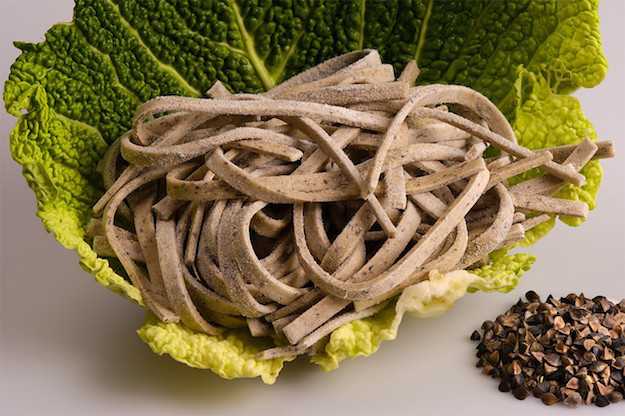
 |
|
|
||||
|
11-22-2016, 11:39 PM
I also learned about grano saraceno. It seems just the same as SOBA.
Then how do you cook them to eat?   Links to Japan forum Tips : 1) How to remove spam massages on you screen 2) How to post Youtube movies or Pictures ... and Ask professional translator for your business work. You can not get useful business resources for free. |
|
||||
|
11-25-2016, 12:53 PM
I understand that grano saraceno is treated just like as the flour, right?
Because SOBA is hard to treat, they mix SOBA and flour together in the ratio of 8:2 for example. When not mixed, 100% SOBA is difficult to make the noodle. How do you treat grano saraceno in Italy? Links to Japan forum Tips : 1) How to remove spam massages on you screen 2) How to post Youtube movies or Pictures ... and Ask professional translator for your business work. You can not get useful business resources for free. |
|
||||
|
11-25-2016, 02:48 PM
Quote:
 ; but I think they mixed flour too here, maybe sometimes they also add kamut or something else. ; but I think they mixed flour too here, maybe sometimes they also add kamut or something else.Well the handmade pasta can be also made only with white flour water and more eggs you put more the pasta is good ( normally you should mix:a bit heaten water , 6 eggs and a kilogramme of flour). |
|
||||
|
11-25-2016, 03:20 PM
I learned Sugo/Italian is sauce in Engish or Suppe in German.
And yes, 菅生:SUGOH or SUGOU is family name in Japan. Links to Japan forum Tips : 1) How to remove spam massages on you screen 2) How to post Youtube movies or Pictures ... and Ask professional translator for your business work. You can not get useful business resources for free. |
|
||||
|
11-25-2016, 03:58 PM
Quote:
Ah yes you' re right RadioKid ...Sugoh is a surname ... different way of write it but same pronounciation.  |
|
||||
|
11-25-2016, 10:08 PM
Also, when you say "SUGO!" in a short time (or "SUGOI" in normal form), it means "awesome!" in Japanese.
Links to Japan forum Tips : 1) How to remove spam massages on you screen 2) How to post Youtube movies or Pictures ... and Ask professional translator for your business work. You can not get useful business resources for free. |
|
||||
|
11-27-2016, 09:23 AM
Quote:
Now I' ve learned another word in Japanese. Thank you  |
|
||||
|
12-15-2016, 01:22 PM
By the way (which way?), the noodle used in YAKI-SOBA is not made from SOBA (I mean buckwheat).
The noodle used in YAKI-SOBA and RAMEN is rather yellow and made from flour and alkali water. These kind of noodle is called 中華そば:CHUKA-SOBA;Chinese noodle while the noodle made from buckwheat is called 日本そば:NIHON-SOBA;Japanese noodle. Links to Japan forum Tips : 1) How to remove spam massages on you screen 2) How to post Youtube movies or Pictures ... and Ask professional translator for your business work. You can not get useful business resources for free. |
 |
| Thread Tools | |
|
|